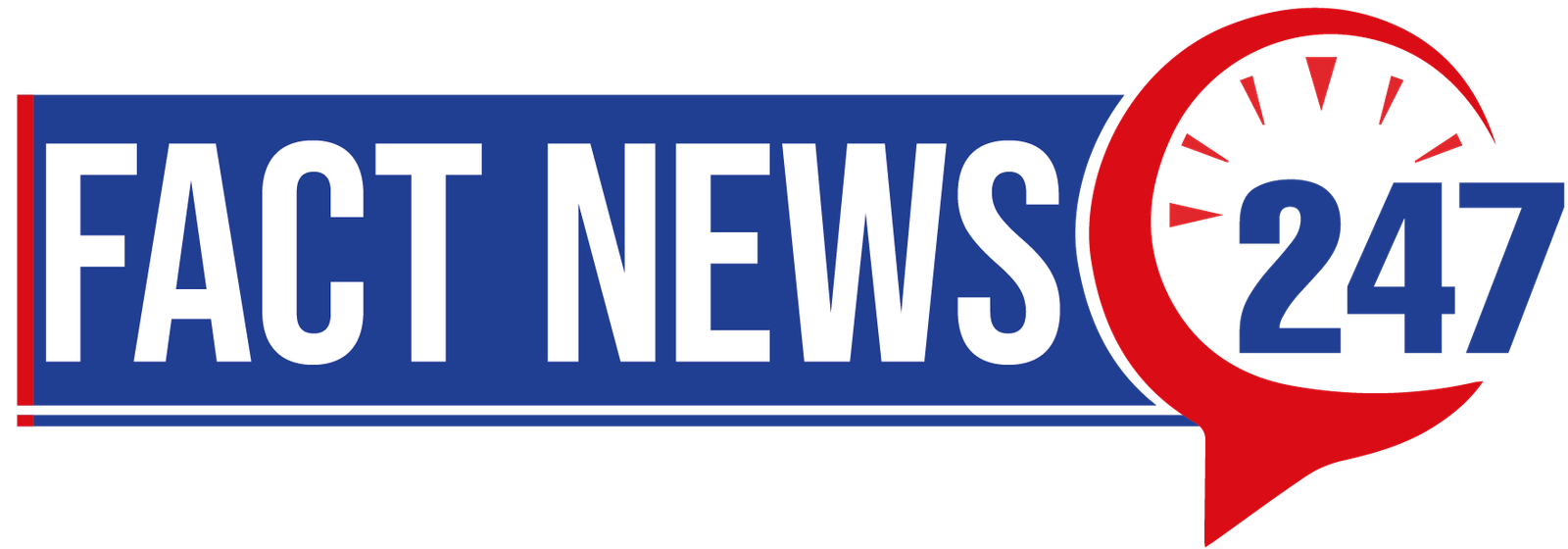Image Credit: iStock Image
Introduction
In the quest for more efficient traffic management solutions, innovative designs continue to emerge. One such design is the Continuous Flow Intersection (CFI), which was notably implemented in Virginia in 2014. This blog will explore the features, benefits, and overall impact of the Virginia Times Continuous Flow Intersection, offering insights into its significance in modern traffic engineering.
Read More About: How Many is A Dozen Understanding The Basics
What is a Continuous Flow Intersection?
A Continuous Flow Intersection (CFI) is a type of intersection design that improves traffic flow by allowing vehicles to make left turns without having to stop at the intersection signal. This design contrasts with traditional intersections, where left-turning vehicles often create bottlenecks.
The Virginia Times CFI: Overview and Implementation
Design Features
The Virginia Times CFI incorporates several key design elements that distinguish it from conventional intersections:
- Dedicated Left-Turn Lanes: Vehicles turning left have a designated lane that allows them to flow continuously without stopping.
- Traffic Signal Optimization: Signals are synchronized to manage the flow of traffic more effectively, reducing wait times for all vehicles.
- Pedestrian and Bicycle Accommodations: The design includes safe crossings and dedicated lanes for pedestrians and cyclists, enhancing overall safety.
Implementation in 2014
In 2014, engineers and city planners implemented the Virginia Times CFI as part of an initiative to tackle increasing traffic congestion and enhance safety at busy intersections. They collaborated closely to design and construct the intersection, focusing on innovative traffic management solutions.
Click Here to Understand About: How Many Fridays Until Christmas
Benefits of the Virginia Times CFI
1. Improved Traffic Flow
One of the most significant advantages of the Virginia Times CFI is its ability to enhance traffic flow. By allowing left-turning vehicles to bypass waiting at the intersection, the design reduces overall congestion, leading to smoother traffic movement and shorter travel times.
2. Increased Safety
The CFI design reduces conflict points between vehicles, particularly at left-turning lanes, which can often be dangerous in traditional intersections. This design actively decreases accidents and injuries, making it a safer option for both drivers and pedestrians.
3. Reduced Delay
With optimized traffic signals and continuous flow, vehicles experience fewer delays. This efficiency benefits not only individual drivers but also public transportation and emergency vehicles, contributing to a more reliable transportation network.
4. Environmental Benefits
By minimizing idling time and improving traffic flow, the CFI can lead to lower emissions and improved air quality. This aligns with broader environmental goals and promotes sustainable urban development.
Challenges and Considerations
While the Virginia Times CFI presents numerous benefits, there are also challenges and considerations to keep in mind:
- Public Education: Drivers may require education and acclimatization to understand how to navigate a CFI effectively. Clear signage and public awareness campaigns are essential for successful implementation.
- Initial Costs: The upfront costs for redesigning and constructing a CFI can be significant, necessitating careful planning and budget considerations.
Also Read About to Understand: How Many Weeks Are Left in 2024 Find Out Now
Conclusion
The Virginia Times Continuous Flow Intersection, established in 2014, represents a forward-thinking approach to traffic management that enhances safety and efficiency. Its innovative design has had a positive impact on traffic flow, contributing to reduced congestion and improved safety for all road users. As cities continue to grapple with traffic challenges, solutions like the CFI may serve as models for future developments in urban transportation planning.
FAQs
1. What is a Continuous Flow Intersection?
A Continuous Flow Intersection (CFI) is a traffic design that allows left-turning vehicles to flow continuously without stopping at the intersection, improving overall traffic efficiency.
2. When was the Virginia Times CFI implemented?
The Virginia Times Continuous Flow Intersection was implemented in 2014 as part of an initiative to improve traffic management in Virginia.
3. What are the benefits of a CFI?
Benefits include improved traffic flow, increased safety, reduced delays, and environmental advantages due to lower emissions.
4. Are there challenges associated with CFIs?
Yes, challenges include the need for public education on navigating CFIs and the initial costs of redesign and construction.
5. How does a CFI improve safety?
By reducing conflict points between vehicles and optimizing traffic signals, a CFI can decrease the likelihood of accidents and enhance pedestrian safety.
























+ There are no comments
Add yours